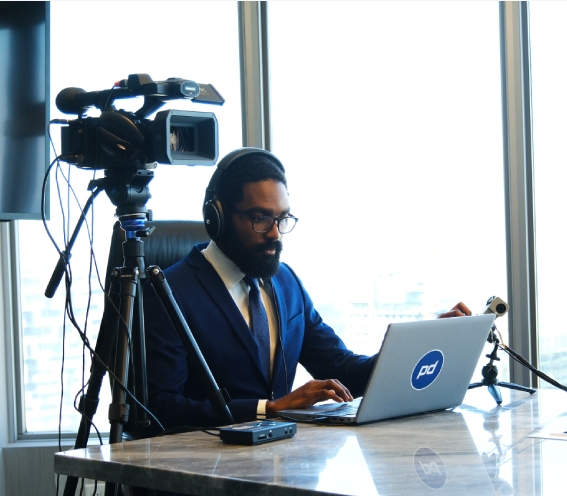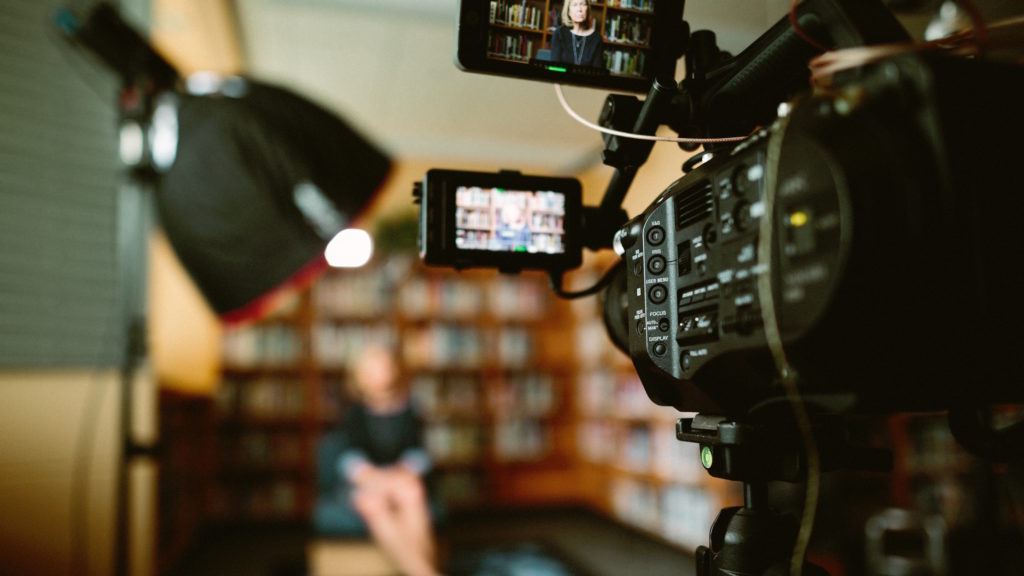How Legal Videography Supports the Legal System with Trustworthy Documentation
How Legal Videography Supports the Legal System with Trustworthy Documentation
Blog Article
Why Lawful Videography Is Crucial for Accurate Court Recordings
The function of lawful videography in court settings can not be overemphasized, as it serves as a necessary tool for preserving the stability of court records. The effects of integrating legal videography right into standard court techniques raise vital questions about its wider influence on the legal system.
Relevance of Visual Evidence
In the realm of lawful procedures, the value of visual evidence can not be overstated. Aesthetic proof functions as an effective tool in establishing realities, corroborating statements, and boosting the overall clarity of an instance. This kind of proof, which consists of pictures, videos, and representations, can provide a substantial context that spoken summaries usually lack, thereby providing juries and courts a more clear understanding of the circumstances surrounding a case.
Furthermore, visual evidence aids in the retention of information. Human cognition is naturally visual, and people are most likely to keep in mind and comprehend details provided in a visual style. In the court, this can be critical, as compelling aesthetic proof can sway opinions and reinforce the story offered by lawful agents.
Furthermore, making use of aesthetic proof can decrease misconceptions and uncertainties that commonly emerge from spoken exchanges. By supplying a direct representation of events, visual evidence aids to eliminate subjective analyses and fosters a more unbiased examination of the facts. As a result, the assimilation of aesthetic evidence right into legal proceedings not just reinforces the integrity of the judicial process but additionally improves the possibility of achieving a simply result.
Catching Non-Verbal Cues
Using innovative videography methods can considerably boost the capture of non-verbal hints throughout lawful procedures. Non-verbal interaction, including face expressions, body language, and eye get in touch with, plays an essential function in sharing feelings and intents that may not be clearly specified in spoken testimony. legal videography. Lawful videography employs high-def cameras and critical angles to guarantee that these refined cues are videotaped with clarity and accuracy
The capacity to evaluate non-verbal actions can provide useful context to statements made during court sessions. A witness's hesitation or self-confidence can be interpreted through their position or gestures, possibly affecting the court's assumption of credibility. The usage of close-up shots can aid concentrate on an audio speaker's expressions, enabling for an extra nuanced understanding of the statement.
Moreover, integrating numerous camera angles can produce a thorough view of communications, highlighting characteristics in between celebrations entailed. This complex approach not only improves the accuracy of the court record however additionally help in protecting the stability of the judicial process - legal videography. Ultimately, capturing non-verbal cues through legal videography fosters a richer, more complete depiction of court procedures

Enhancing Testament Integrity
The integrity of testament can be considerably boosted through using high-grade legal videography. Video clip recordings offer as an objective tool that records not just the spoken words of witnesses but additionally the nuances of their delivery, consisting of tone, pacing, and psychological expressiveness. This complex paperwork offers a clearer understanding of the witness's reliability and objectives, which can be pivotal in lawful proceedings.
In addition, lawful videography reduces the potential for misinterpretations that may emerge from written records alone. When jurors can observe a witness's behavior and body movement together with their statement, they are better outfitted to evaluate the credibility and integrity of the evidence provided. This aesthetic context can enhance the testimonial story, making it extra compelling and qualified.
Furthermore, the visibility of a video recording can prevent possible disparities in testament. Witnesses may be more careful in their declarations when they know they are being tape-recorded, leading to even more accurate and sincere accounts. In general, high-grade legal videography boosts the integrity of statement, making sure that the court has accessibility to a total and truthful representation of the realities as conveyed by the witnesses.
Sustaining Appeals and Reviews
Legal videography plays a crucial function in sustaining charms and evaluations by giving a comprehensive visual record of court room process. This aesthetic paperwork catches not just the talked words of witnesses and attorneys but also the nuances of body movement, tone of voice, and court characteristics. Such elements can be essential in recognizing the context of testimonies and disagreements offered.
In the appellate procedure, where the emphasis gets on mistakes useful content of regulation and step-by-step justness, a video record can offer as a crucial device for appellate courts. It enables courts to evaluate the original test context, making certain that decisions are based on a total understanding of the procedures. The capacity to aesthetically assess the disposition of witnesses or the interactions between events can disclose understandings browse around this site that written records might ignore.

Furthermore, legal videography can help in clarifying uncertainties in testimonies or procedural rulings, therefore enhancing the basis for an allure. By supplying a trustworthy, objective account of what taken place in court, lawful videography not only sustains the integrity of the legal procedure but additionally empowers all events included to make informed choices regarding their instances.
Streamlining Court Room Processes
Enhancing court room efficiency, lawful videography streamlines procedures by supplying instant accessibility to aesthetic records of process. This innovation allows courts, lawyers, and juries to review critical testament and evidence, making certain that all celebrations have a clear understanding of the case. By recording the nuances of spoken and non-verbal communication, videography improves the record, making it simpler to comprehend the context and weight of testimonies.

Furthermore, video clip recordings can assist in remote engagement in hearings, enabling for greater flexibility in organizing and engagement, which is especially valuable in intricate instances including multiple stakeholders.
Final Thought
To conclude, lawful videography plays an essential duty in ensuring accurate court recordings by offering vital aesthetic proof that catches both verbal and non-verbal interaction. This method improves the integrity of testaments, sustains appellate testimonials, and simplifies court room procedures. By cultivating a detailed understanding of court characteristics, useful reference lawful videography eventually adds to more fair judicial end results, enhancing the honesty of the lawful system and assisting in notified decision-making.
Report this page